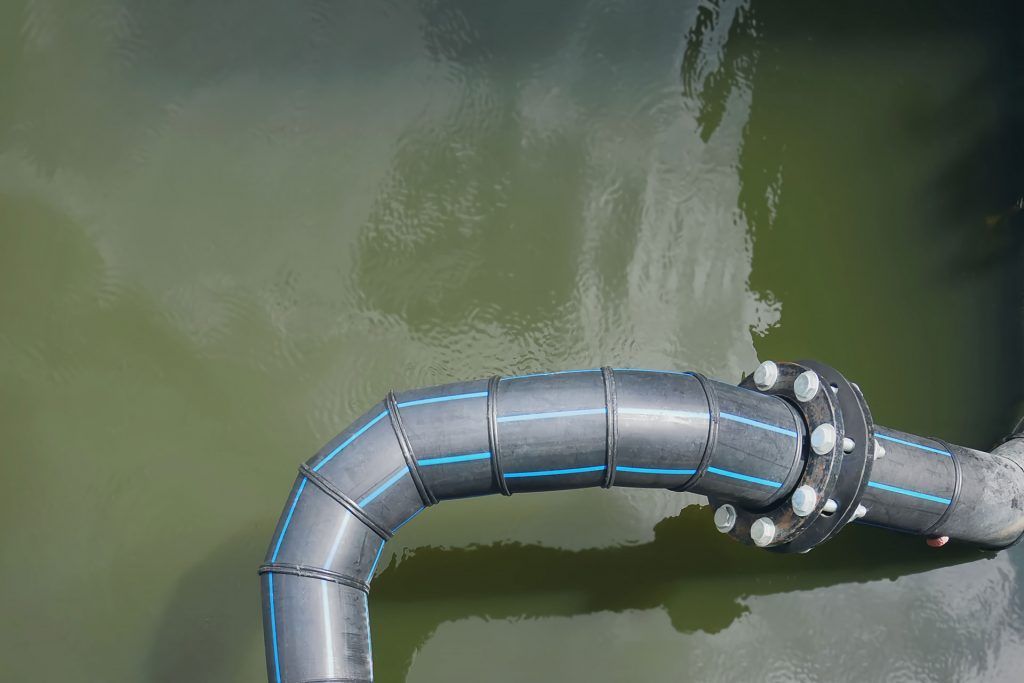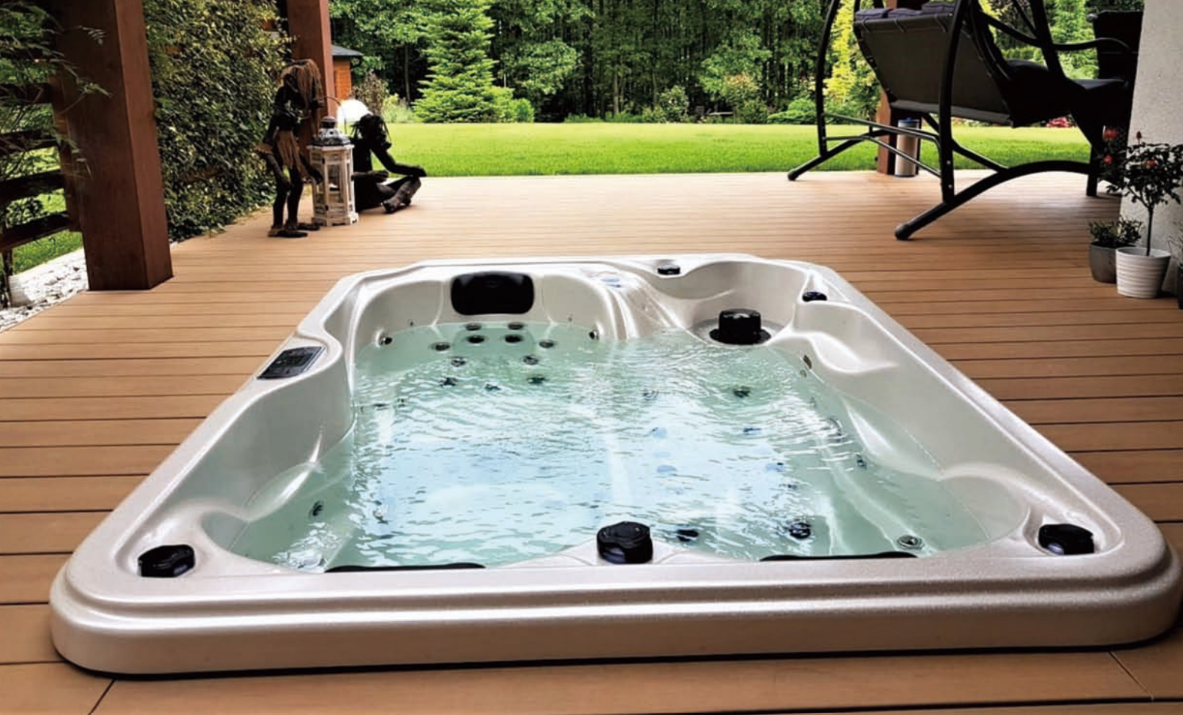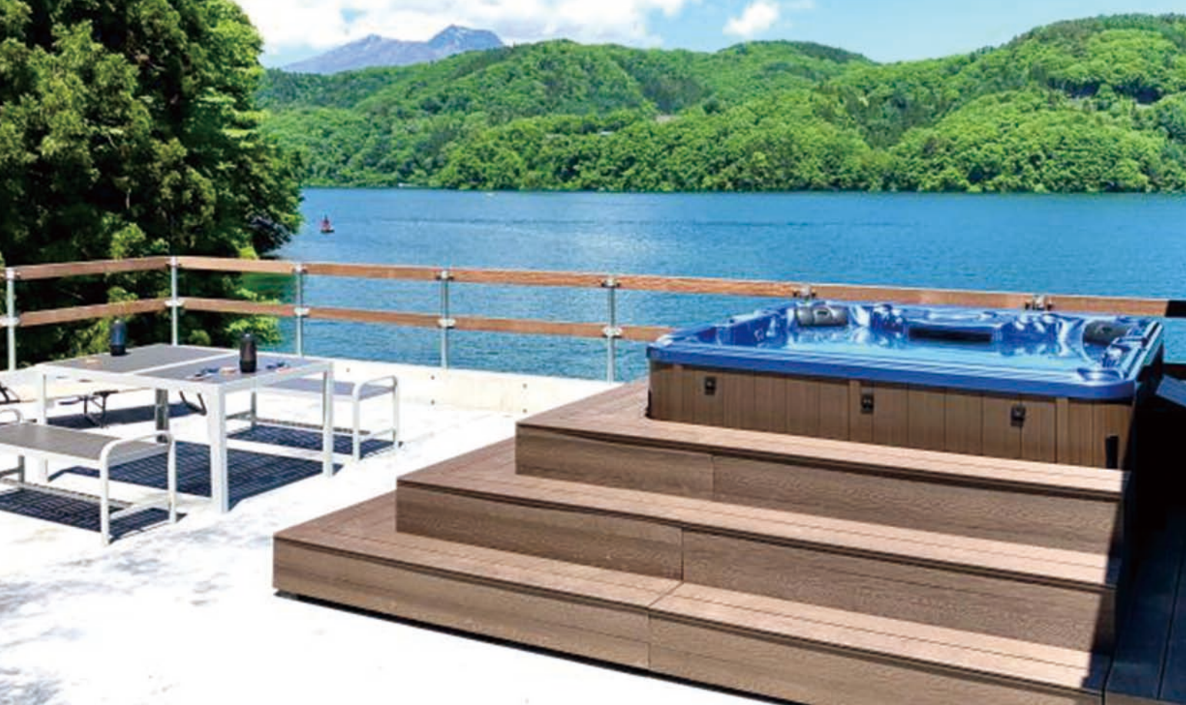HDPE vs Fiberglass for Hot Tubs
Better Spas Start With Better Materials

I'm a convert. Not religiously, but converted nonetheless. I've been shown the light o f high density polyethylene.
A New Way Forward
High Density Polyethylene (HDPE) is an exciting new material for spa construction.
Fiberglass is the traditional building material for hot tubs. However, when it comes to durability, HDPE often stands out. Here's an in-depth look at why HDPE outperforms fiberglass in hot tubs:
Impact Resistance
Hot tubs experience frequent stress. Bathers moving, water sloshing, and kids jumping all add extra forces.
HDPE exhibits superior impact resistance compared to fiberglass. This makes it perfectly suited to deal with the dynamic stressors in a spa.
Chemical Resistance
Both HDPE and fiberglass offer commendable chemical resistance; however, HDPE has an edge in resisting a broader range of chemicals, including acids, alkalis, and solvents.
Spa water sees the gamut of chemicals. Regular maintenance, drain and fills, and cleansers can all be harsh. It's broader range of chemical resistance makes HDPE more resilient over time.
Bend Don't Break
HDPE's flexibility allows it to withstand stress and pressure fluctuations better than the more rigid fiberglass. This flexibility reduces the likelihood of material fatigue and failure over time. This makes HDPE spas safer to transport and easier to move seasonally.
UV Resistance and Weatherability
HDPE is highly resistant to UV radiation and adverse weather conditions, ensuring longevity in outdoor applications without significant degradation. Fiberglass can suffer from UV exposure over time, leading to reduced structural integrity.
Spas made from HDPE stay strong and don't fade in the sun.
Maintenance and Cost-Effectiveness
HDPE hot tubs are virtually maintenance-free due to their resistance to corrosion, rust, and biological growth. In contrast, fiberglass may require regular maintenance, including inspections and potential repairs, to address issues like cracking or delamination. Additionally, HDPE is generally more cost-effective, both in terms of initial material costs and long-term maintenance expenses.
Environmental Considerations
HDPE is fully recyclable, contributing to environmental sustainability. While fiberglass is also recyclable, the process is more complex, and the material can release harmful substances during manufacturing and disposal.
Summing Up
In summary, while both HDPE and fiberglass have their merits, HDPE's superior durability, impact resistance, chemical resistance, and cost-effectiveness make it a superior choice for spas.




